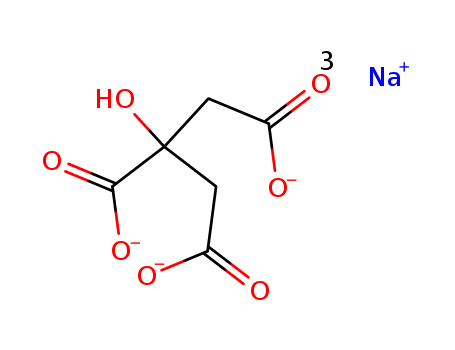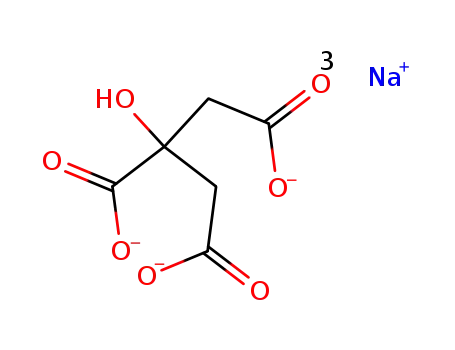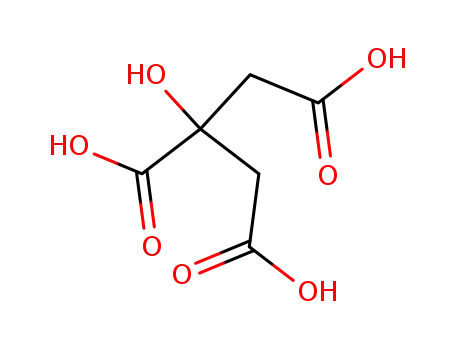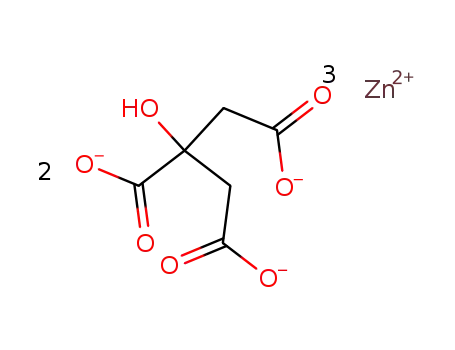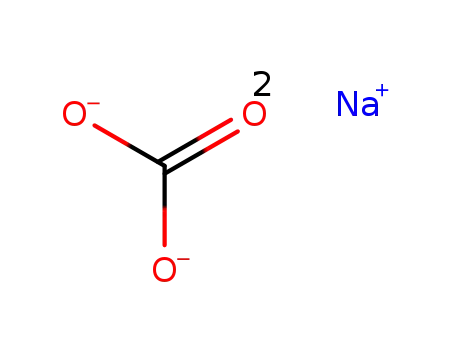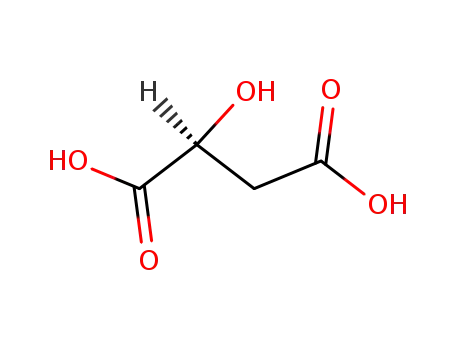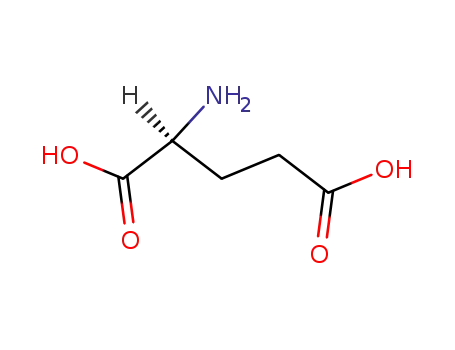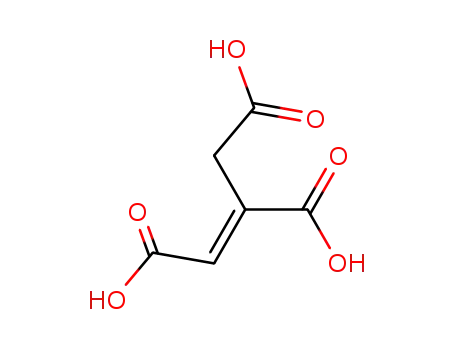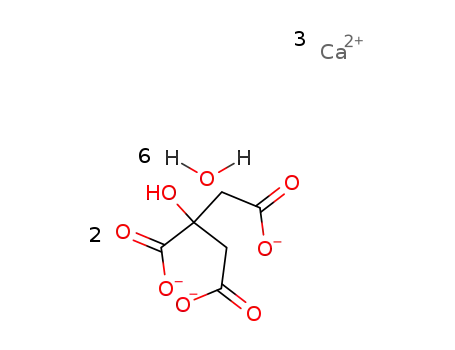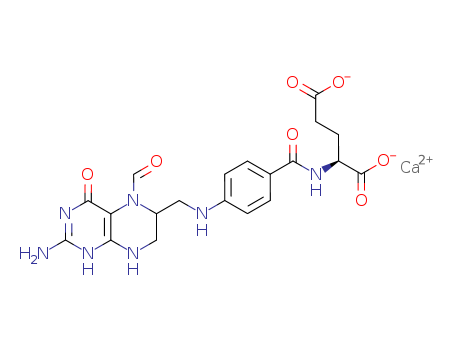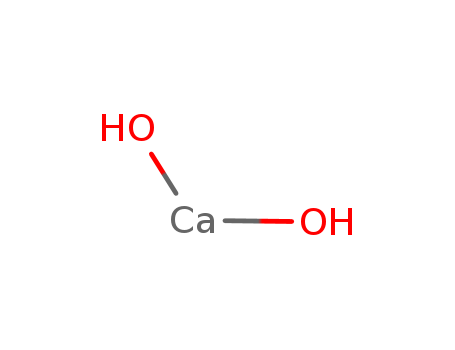Buy High Grade High Purity 99% Sodium citrate 68-04-2 Cheapest Price
- Molecular Formula:C6H5Na3O7
- Molecular Weight:258.071
- Appearance/Colour:white to off-white crystalline powder
- Vapor Pressure:5.73E-05mmHg at 25°C
- Melting Point:300 °C
- Boiling Point:309.6 °C at 760 mmHg
- Flash Point:155.2 °C
- PSA:140.62000
- Density:1.008 g/mL at 20 °C
- LogP:-5.25260
Sodium citrate(Cas 68-04-2) Usage
|
Description
|
Sodium citrate may refer to any of the sodium salts of citric acid (though most commonly the third): Mono sodium citrate Di sodium citrate Tri sodium citrate As food additives, the 3 forms of the salt are also collectively known by the E number E331. |
|
Chemical Properties
|
White to off-white crystalline powder |
|
Occurrence
|
Citric acid and its salts occur naturally in many plants and animals. |
|
Uses
|
Alkalizer (systemic). |
|
Application
|
2 – 1 - Food Sodium citrate is chiefly used as a food additive E331, usually for flavor or as a preservative. Sodium citrate is employed as a flavoring agent in certain varieties of club soda. Sodium citrate is common as an ingredient in Bratwurst, and is also used in commercial ready to drink beverages and drink mixes, contributing a tart flavour. 2 – 2 - Buffer As a conjugate base of a weak acid, citrate can perform as a buffering agent or acidity regulator, resisting changes in pH. Sodium citrate is used to control acidity in some substances, such as gelatin desserts. It can be found in the mini milk containers used with coffee machines. The compound is the product of antacids, such as Alka- Seltzer, when they are dissolved in water. 2 – 3 - Medical uses In 1914, the Belgian doctor Albert Hustin and the Argentine physician and researcher Luis Agote successfully used sodium citrate as an anticoagulant in blood transfusions. It continues to be used today in blood collection tubes and for the preservation of blood in blood banks. The citrate ion chelates calcium ions in the blood by forming calcium citrate complexes, disrupting the blood clotting mechanism. Sodium citrate is used to relieve discomfort in urinary tract infections, such as cystitis, to reduce the acidosis seen in distal renal tubular acidosis, and can also be used as an osmotic laxative. It is a major component of the WHO Oral Rehydration Solution. |
|
Preparation
|
Produced by the neutralization of citric acid with sodium hydroxide or sodium carbonate. May be prepared in an anhydrous state or may contain 2 mole of water per mole of sodium citrate. |
|
General Description
|
Citric acid trisodium salt corresponds to a molecular weight of 258 Da. It has high sodium content and sieving coefficients. |
|
Biochem/physiol Actions
|
Citrate Concentrated Solution or sodium citrate is an anticoagulant used for collecting blood samples. It is useful in coagulation testing and for the erythrocyte sedimentation rate. Sodium citrate eliminates calcium, which is known to mediate coagulation. |
|
Food additive
|
Sodium citrate is some times used as an acidity regulator in drinks, and also as an emulsifier for oils when making cheese. It allows the cheeses to melt with out becoming greasy. Consider the following quote from Modernist Cuisine: Our modernist version of mac and cheese owes its chemistry to James L. Kraft, who in 1916 patented the first American cheese slice. He showed that sodium phosphate keeps the water and fat droplets mixed when the cheese is melted. We use sodium citrate, which has the same effect and is easier to find. The resulting texture is as smooth as melted American cheese, but as complex and intense in flavor as any of your favorite cheeses. |
|
Purification Methods
|
Crystallise the salt from warm water by cooling to 0o. [Beilstein 3 III 1100, 3 IV 1274.] |
|
Who Evaluation
|
Evaluation year: 1979 |
InChI:InChI=1/C6H8O7.3Na/c7-3(8)1-6(13,5(11)12)2-4(9)10;;;/h13H,1-2H2,(H,7,8)(H,9,10)(H,11,12);;;/q;3*+1/p-3
68-04-2 Relevant articles
COMPOSITION AND METHOD FOR THE TREATMENT OF COVID-19
-
Paragraph 0038, (2021/11/13)
A composition and method for treating CO...
CROSS-LINKED COMPOSITIONS
-
, (2011/05/16)
Improved compositions comprising a cross...
CO-PRECIPITATED SALTS OF FATTY ACIDS
-
, (2011/10/12)
A co-salt of a polyunsaturated fatty aci...
DIALYSIS SOLUTIONS CONTAINING PYROPHOSPHATES
-
, (2009/04/24)
Dialysis solutions comprising pyrophosph...
68-04-2 Process route
Conditions
| Conditions |
Yield |
|
With
urea;
In
Na-Ac;
|
|
-
-
77-92-9,906507-37-7
citric acid
Conditions
| Conditions |
Yield |
|
With
sodium hydrogencarbonate;
In
water;
|
|
68-04-2 Upstream products
-
1310-73-2
sodium hydroxide
-
77-92-9
citric acid
-
5990-32-9
zinc citrate
-
497-19-8
sodium carbonate
68-04-2 Downstream products

